What Training Is (And What It’s Not)
When people hear the word "training," they often picture something intense and unsustainable—a quick-fix mindset where you go hard for a few weeks and expect lifelong results.
But that’s not what training actually is.
Training isn’t about smashing yourself into the ground for a short period and then falling off the wagon. It’s not about perfect plans or chasing quick wins.
It’s about building sustainable habits that make your life better—not just when you hit a goal, but for the long haul.
What Training Really Looks Like
Training is about showing up consistently. It’s about doing the work when it’s not glamorous—when motivation is low, when progress feels slow, when life gets in the way.
It’s not about being all in or all out. It’s about finding that middle ground where you can move, lift, and build strength week in, week out.
Sometimes that’s a hard, heavy session. Sometimes it’s a walk because that’s all you’ve got in the tank. And that’s okay—because progress comes from consistent effort, not perfection.
Common Mistakes That Hold You Back
One of the biggest mistakes people make when building a training routine is starting too aggressively.
They sign up for 5 sessions a week, restrict their diet to nothing but chicken and broccoli, and expect to feel amazing.
But that kind of approach just isn’t sustainable. It’s a sprint, not a marathon. And it usually ends up with burnout or frustration when life inevitably gets in the way.
Another mistake? Doing too much, too soon. Training hard is great, but if you’re not conditioned to handle the load, you’re setting yourself up for injury or fatigue.
How to Make Training Work in Real Life
If you’re struggling to make training fit into your routine, here’s my biggest tip:
Start small, build big.
Don’t go from zero to seven sessions a week. Start with two or three and make them non-negotiable. Add movement into your everyday life—walks, light activity, stretching. Keep it manageable, and build from there.
When training feels doable, you’ll keep showing up. And that’s where the real progress lives—not in the all-or-nothing, but in the small, consistent wins.
Final Thoughts:
Training isn’t a temporary project. It’s a long-term investment in your health, your strength, and your quality of life.
Keep it simple, keep it consistent, and make it work for your life—not against it.
If you want help building a routine that actually fits, drop us a message.
We’ll help you find that sweet spot where training becomes part of who you are—not just something you do.
